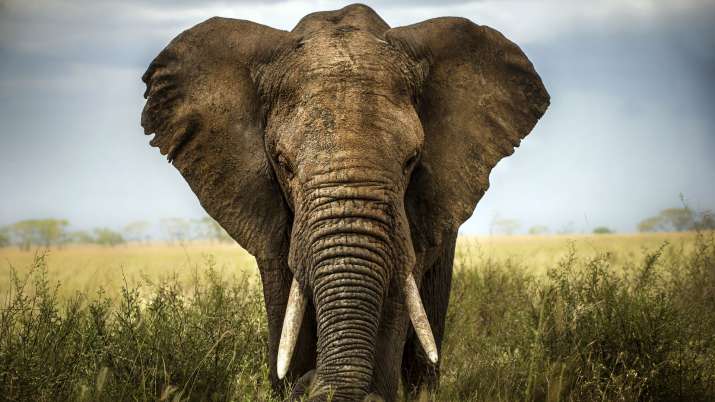Cyanobacteria: Cause of death in 330 Botswana Elephants
More than 330 elephants died in Botswana. The first mass death of these elephants were reported in May 2020 when a group of 169 elephants were found dead. Later in July 2020, another 281 were reported to have died mysteriously. The authorities have found that Cyanobacteria is the cause of death in these 330 elephants.
The death of the elephants happened around the Okavango delta.
Cyanobacteria
They are photosynthetic bacteria. They are microscopic organism that holds blue pigment called phycocyanin. The bacteria capture bright light through this pigment to prepare its food. It is commonly found in soil and water. They carry symbiotic relation with lichen forming fungi.
How did the bacteria kill the elephants?
While, Cyanobacteria is usually found in water, not all cyanobacteria produce toxins. In Botswana, the climate change has triggered the bacteria to produce more toxins as the water temperature increased and conditions became more favourable for the bacteria to grow. This caused the toxic blooms.
Controversies
There are controversies prevailing over the investigations and results. According to the investigation report, the deaths were caused due to cyanobacterial toxic bloom. If so, the other animals near the water bodies should have also been affected. To the contrary, only the elephant population in the region was affected.
The Cyanobacteria grows around the edges of the water bodies. While, elephants consume water from the middle of the water bodies.
Great Elephant Census
According to the Great Elephant Census, more than 30% African elephants have disappeared in just seven years. At this rate, the remaining elephants of the continent will be gone in just nine years.
It was the largest wildlife survey that was conducted to provide an accurate data about the number of African Elephants. It was conducted and published in 2016. The number of African elephants before European Colonization was 20 million. However, their population declined to 1.3 million in 1979.
Around 18 African countries were surveyed. The three countries where the census was not held are South Sudan, Namibia and Central African Republic.
IUCN
African Elephants have been listed as Vulnerable under IUCN Red List of Threatened Species.
Month: Current Affairs - September, 2020


